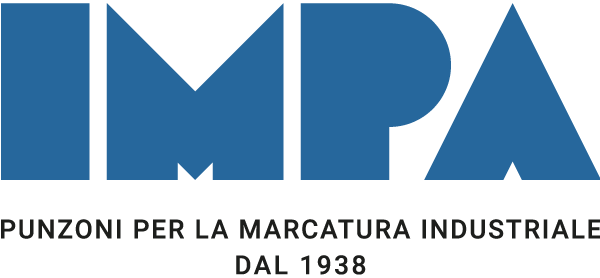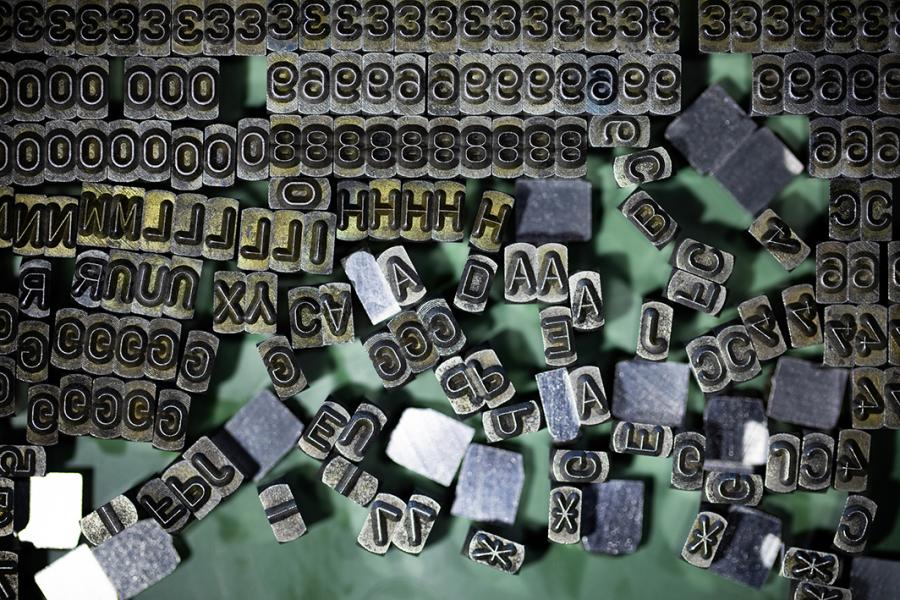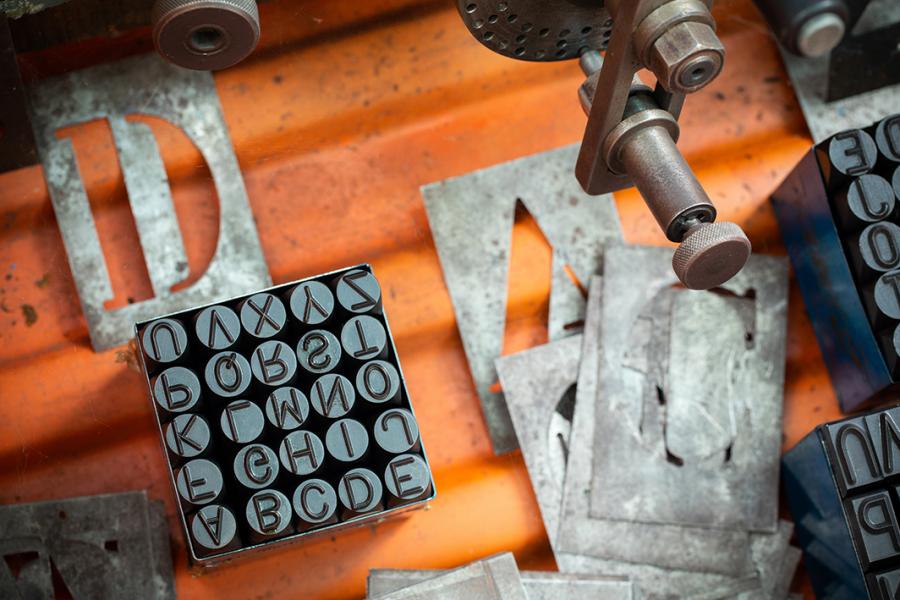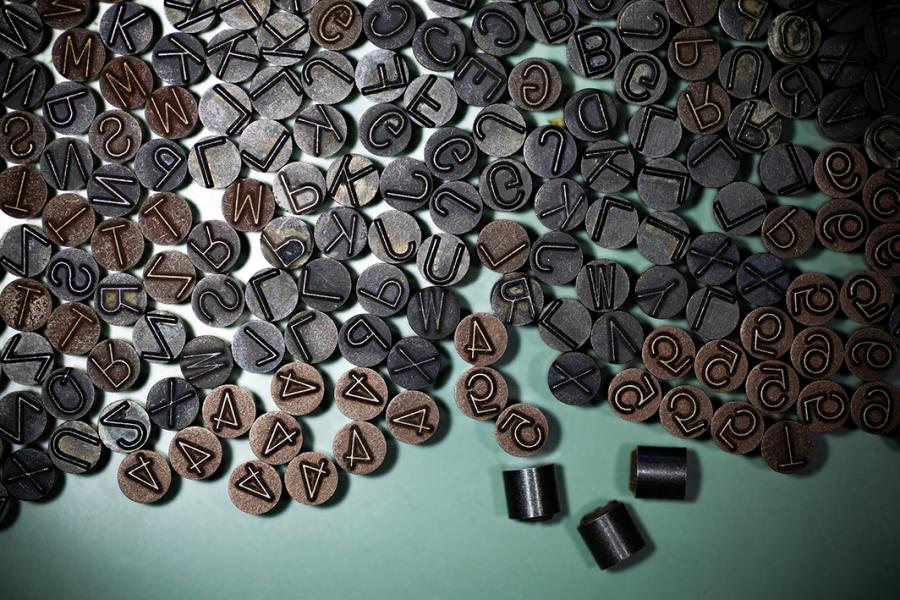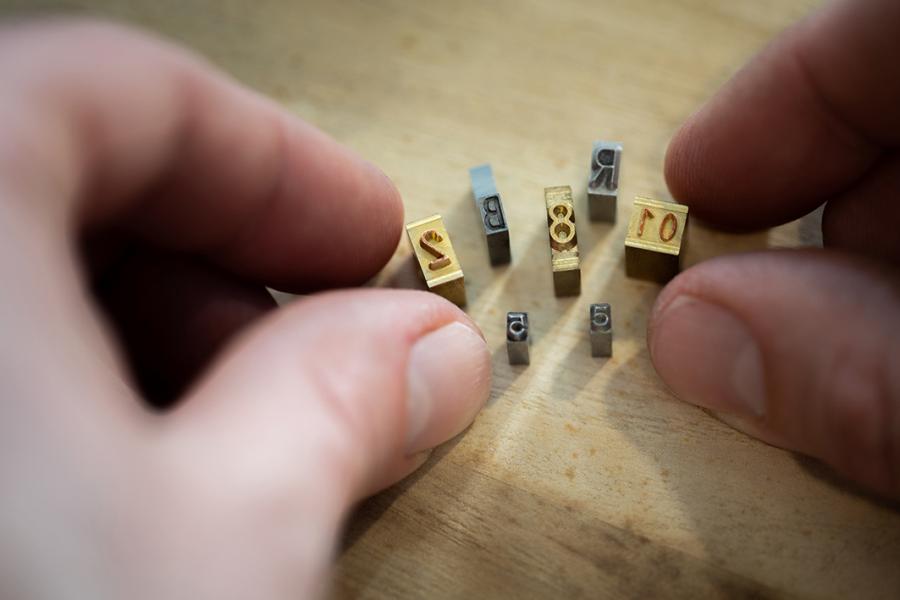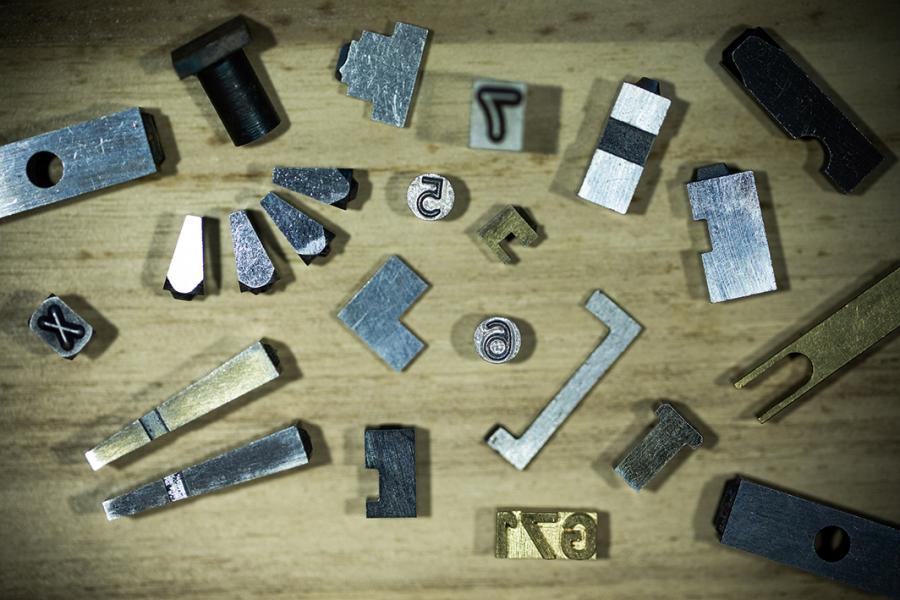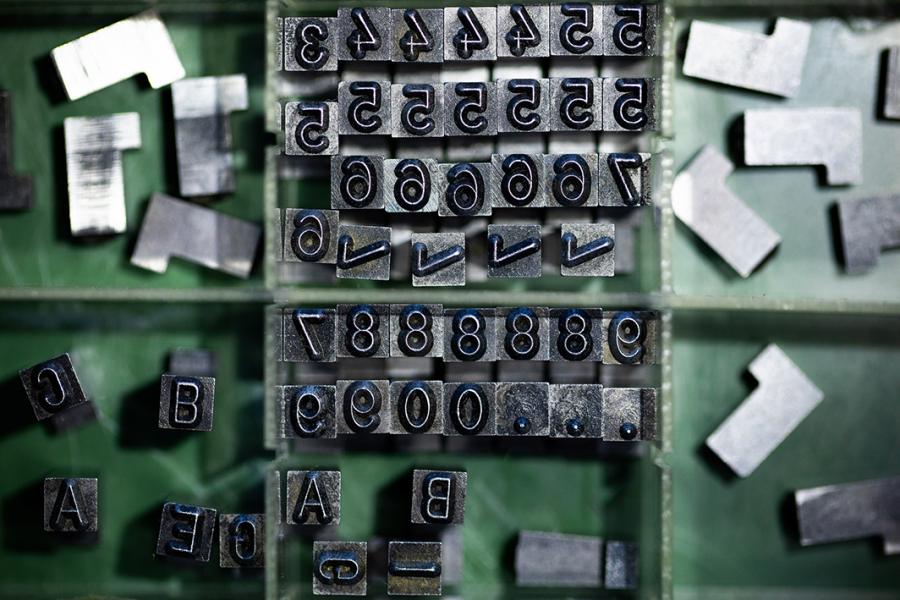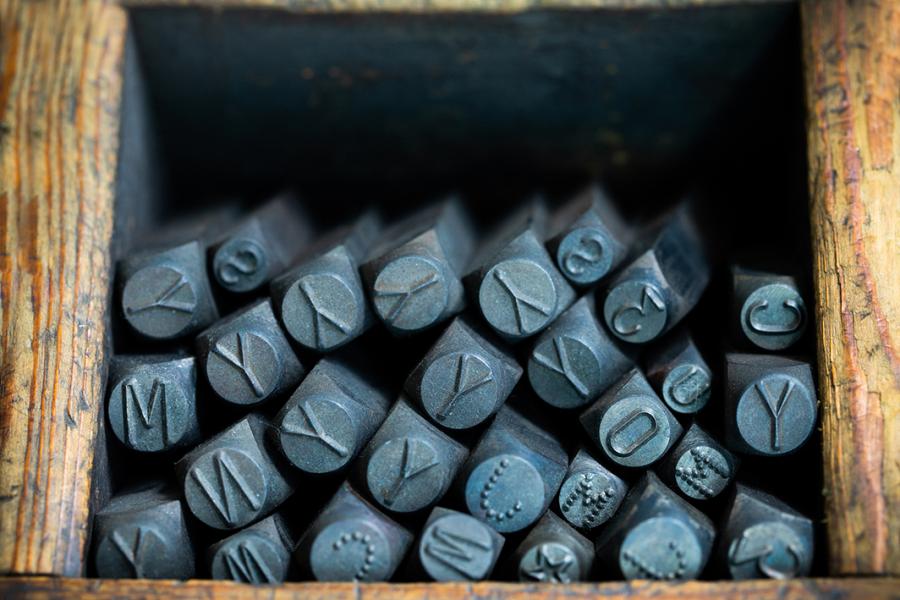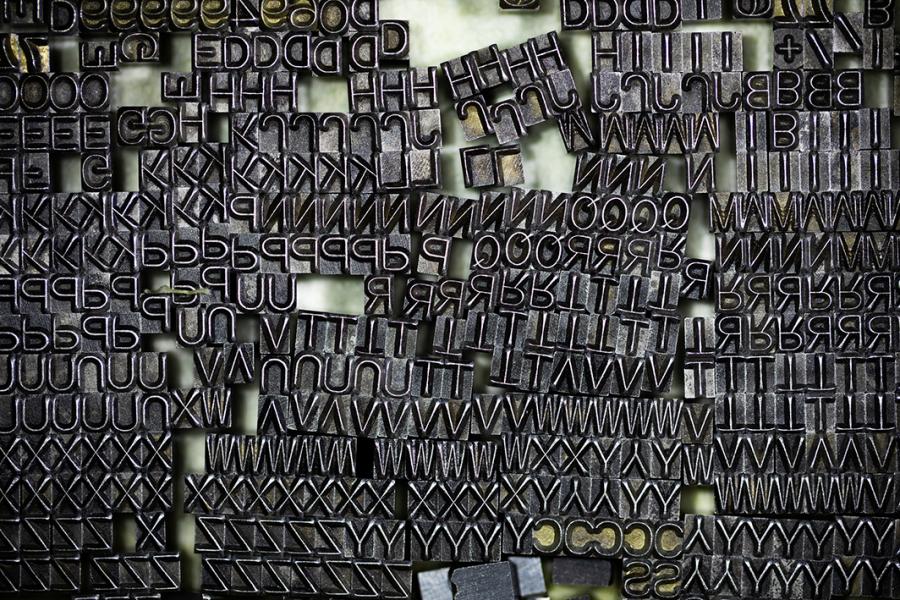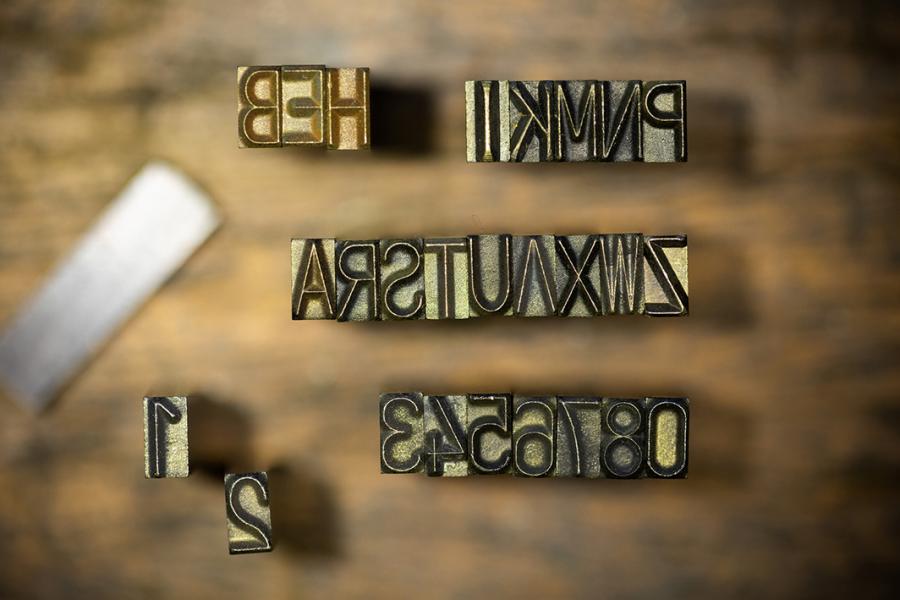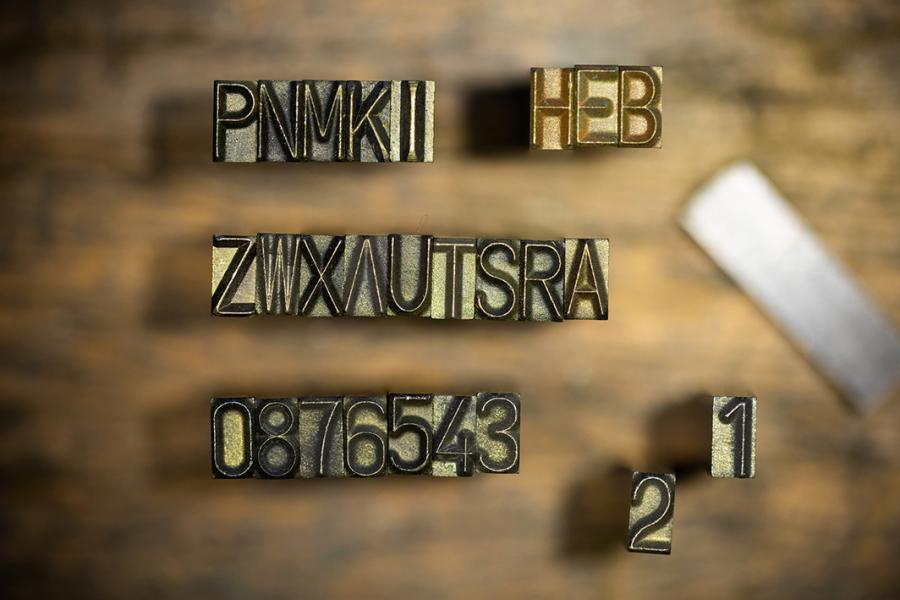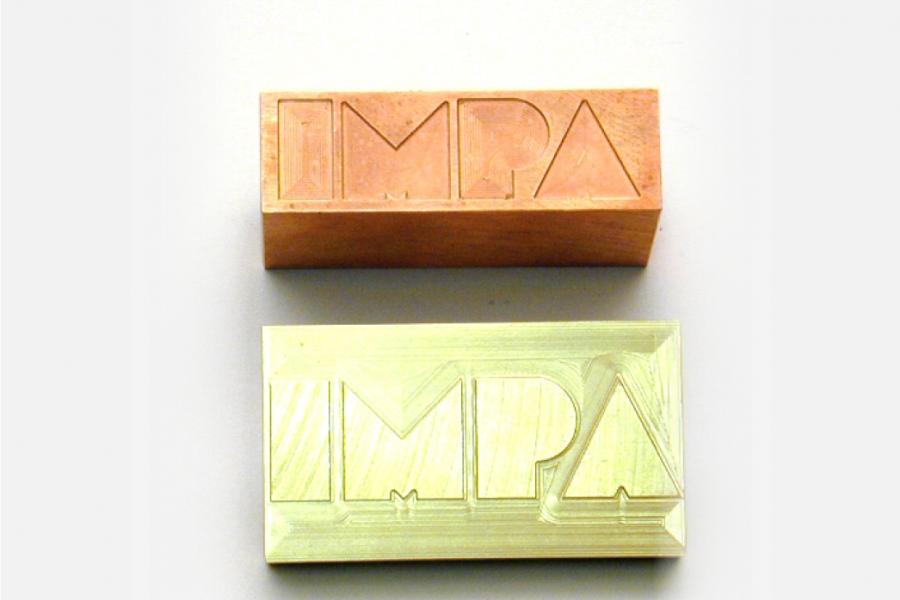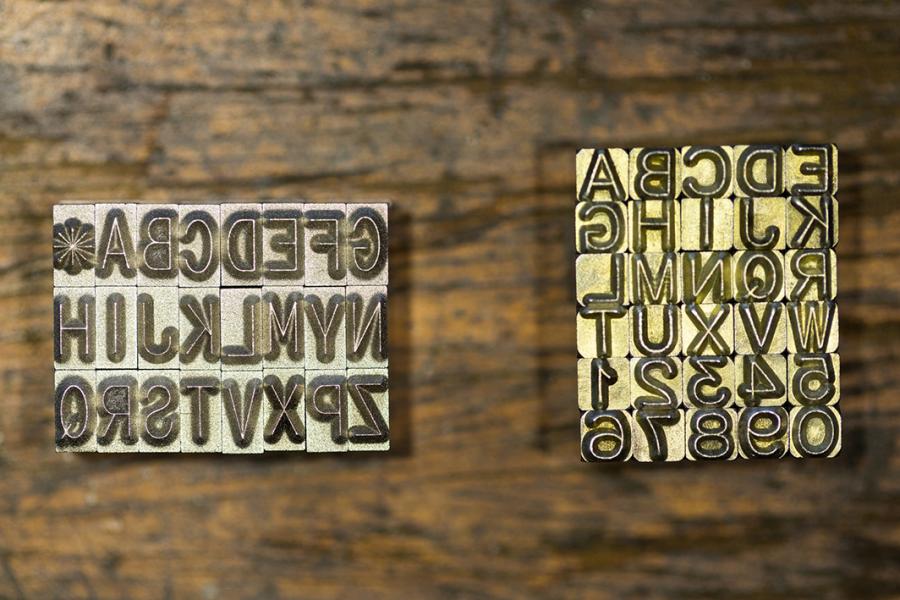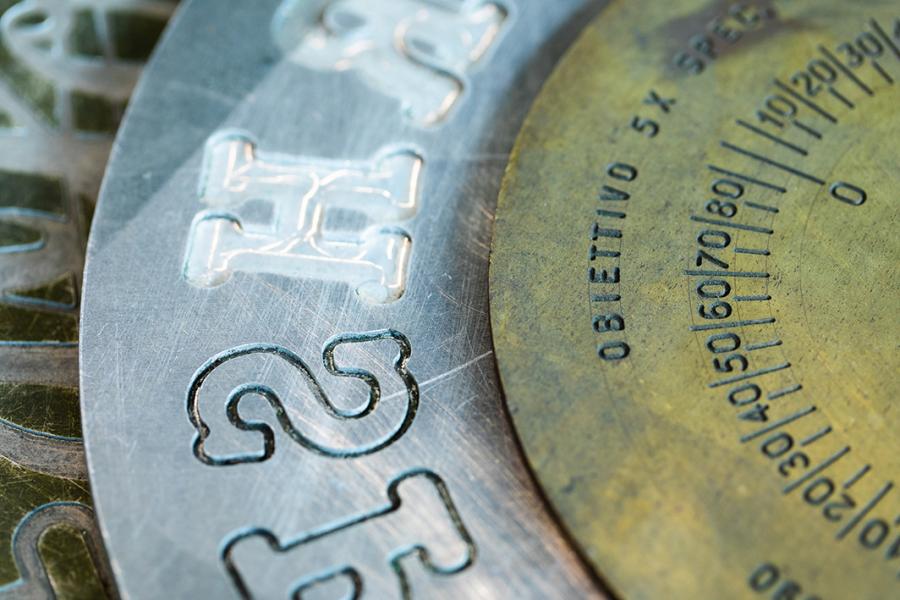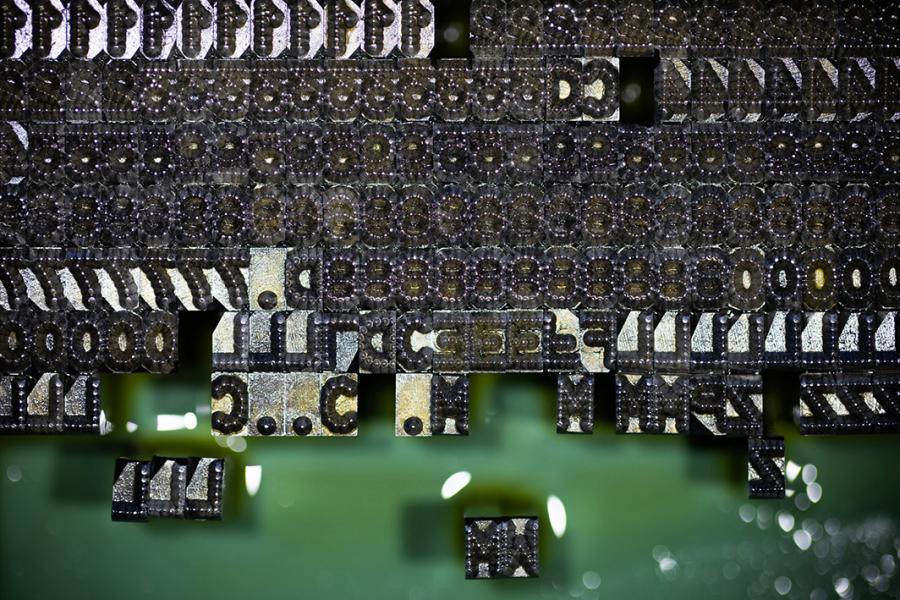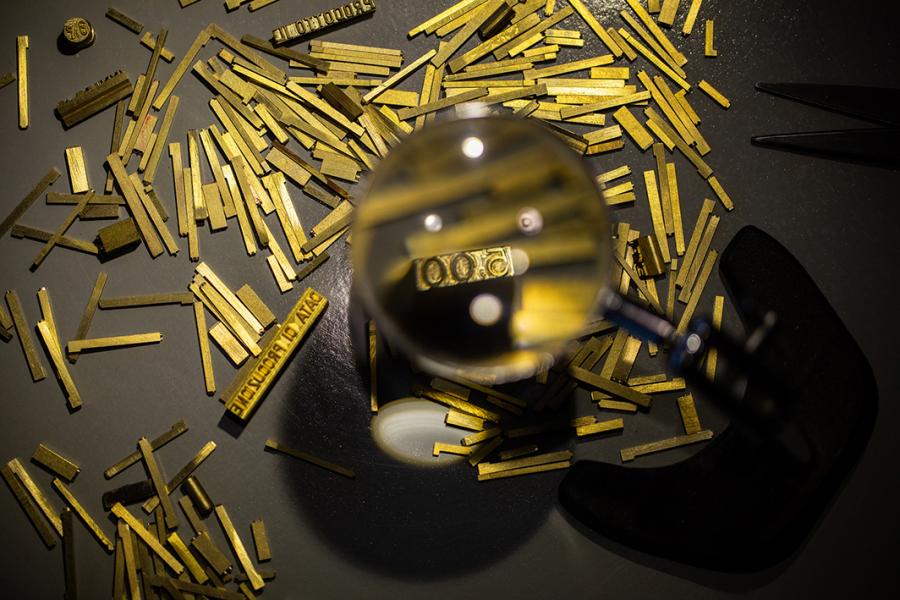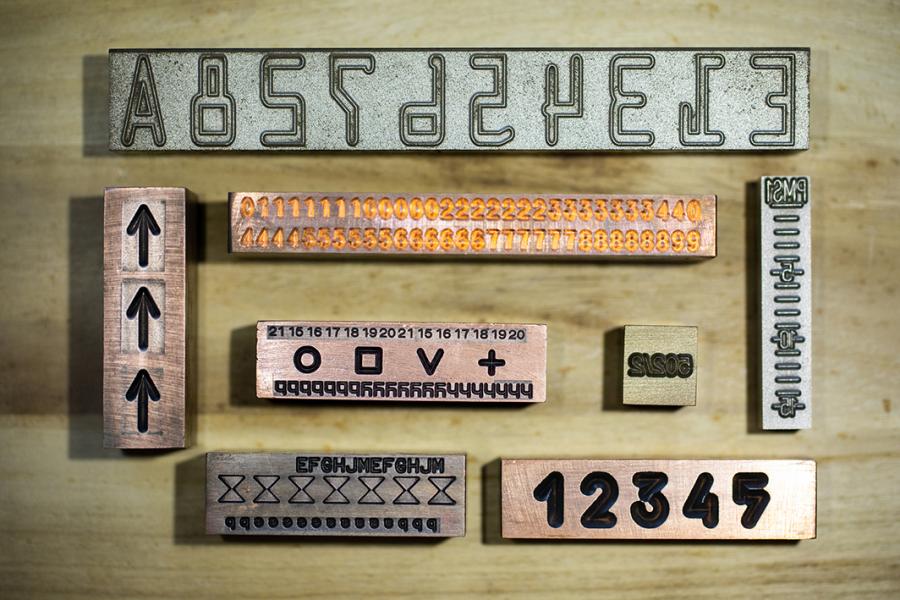Punching tools of all shapes and size, for all types of industrial marking applications.
What is a punching tool? Generally shaped like a parallelepiped (though it can also be shaped like a small cylinder or be fashioned into a complex shape), a punch is a tool made of metal, with letters, logos, number codes or other markings engraved on one end, that is used to mark out or identify a surface.
The different types of punch tools offered by IMPA feature specific construction and/or utilisation characteristics, which can be combined to obtain a diversified range of tools. A detailed analysis of such characteristics and a summary table are given below.

